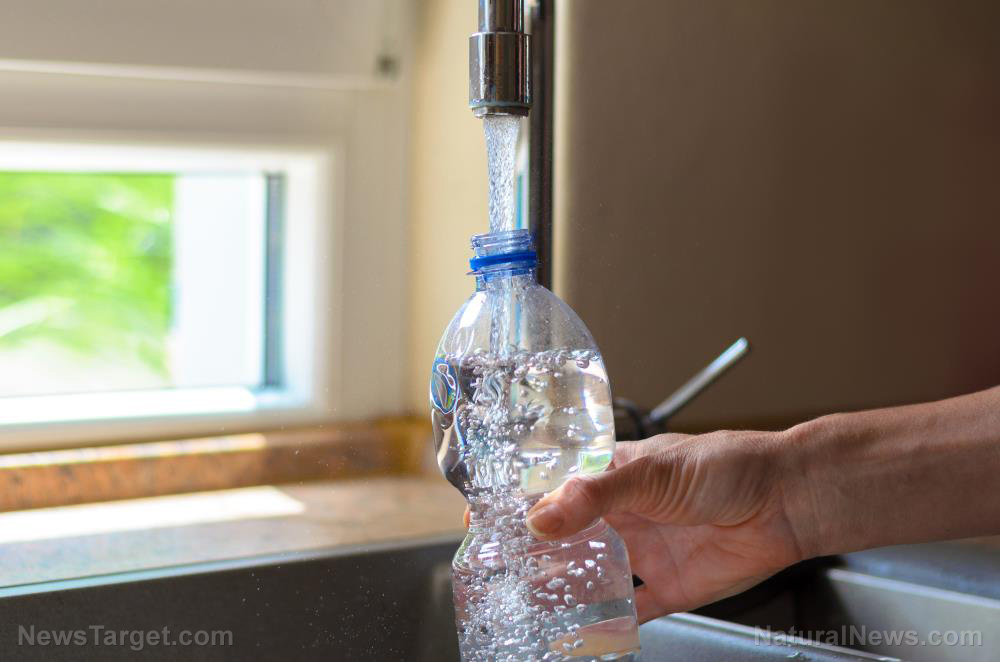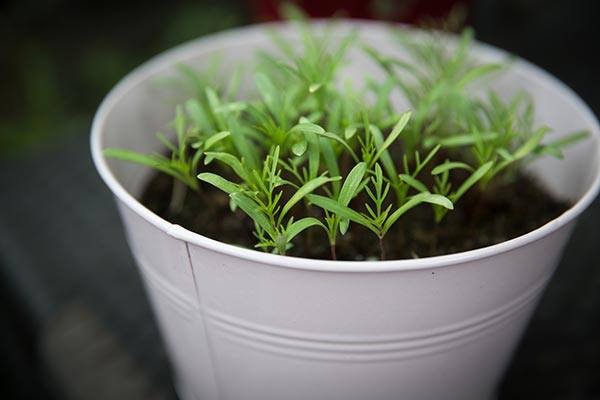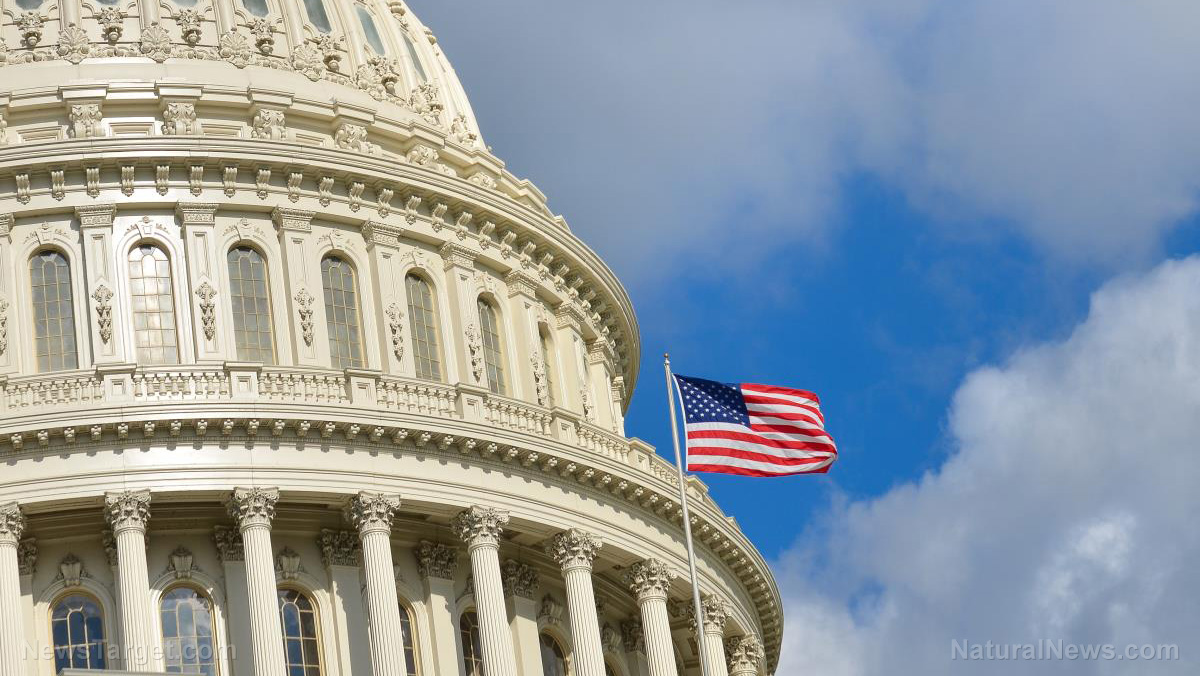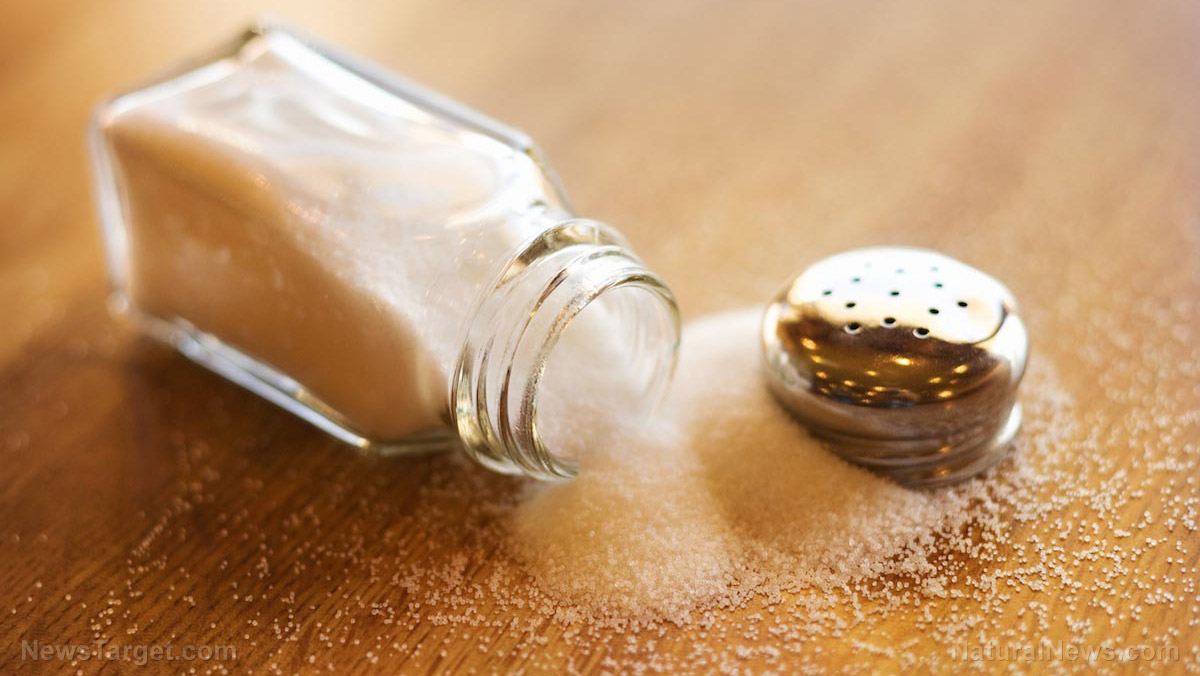Prepper must-haves: Water storage options for your survival stockpile
06/30/2021 / By Virgilio Marin

Being able to store water at home is an essential aspect of emergency preparedness. When the power grid goes down, water will stop coming out of your tap and become a scarce resource. This means that a huge part of survival planning should focus on securing your family’s water supply. (h/t to AlphaSurvivalist.net)
Water storage basics
Before anything else, you need to estimate how much water your family needs. On average, a person consumes only about three quarts of water per day, though preppers recommend stocking up a gallon for each person. This is because factors such as age, fitness, diet, health and the climate can increase an individual’s water consumption.
As to how many days you should stockpile for, the Centers for Disease Control and Prevention advise storing enough water for at least three days. Authorities will likely able to get the power grid back up and running after that period.
However, you should also be prepared for when the electricity could not be restored within a few days. It’s better to store at least a two-week water supply just to be safe. So if you are family of four, you should stockpile around 56 gallons of water. If you have extra storage space, consider storing even more. (Related: Survival essentials: Tips for long-term water storage.)
Water storage options
People living in a big house have the luxury of installing a huge water container. But for those living in a cramped house or a tiny city apartment, storing a two-week water supply is a logistical nightmare. Check out the following water storage options to help save space:
- Pre-packaged water bottles – By far the easiest way to stockpile water is to buy pre-packed bottled water. Bottled water comes in various shapes and sizes, so it should be easy to find something that fits the space you have available. You can keep stacks of them under your bed, at the back of your wardrobe or under your floorboards. Bottled water also comes in portable, food-grade containers that you can recycle. If you’re concerned about BPA shedding from the containers, you can simply rotate your stocks.
- Water jugs – If you’re not completely at peace about drinking bottled water, you can use water jugs instead. These are also stackable but are able to hold greater amounts of water at three to seven gallons.
- Bathtub – You can also make use of available receptacles at home, such as your bathtub. Your bathtub cannot accommodate your target water supply, but you can store the rest in other water containers. Be sure to drink only the water you have stored in these containers and use bathtub water for other things, such as washing dirty dishes.
- Glass bottles – Glass bottles are heavy and fragile but they are very easy to sterilize. And because they are reusable, you don’t have to bother buying another container, as you otherwise would with bottled water.
- Stainless steel containers – Like glass bottles, stainless steel containers can also be used in the long term. They are safe to use and do not break easily. They also protect your drinking water from the negative effects of sun exposure. However, do not fill stainless steel containers with chlorinated water because it will cause the steel to corrode and make your water unsafe.
Power outages deprive you not only of electricity but also drinking water, which is why it is important to have emergency water supply. Explore the water storage options listed here so you can store enough water for your family before a power outage happens.
Sources include:
Tagged Under: clean water, drinking water, emergency preparedness, how-to, hydration, preparedness, prepper, prepping, survival, survival planning, survival stockpile, survivalist, water containers, water storage, water supply
RECENT NEWS & ARTICLES
COPYRIGHT © 2017 PREPAREDNESS NEWS


















